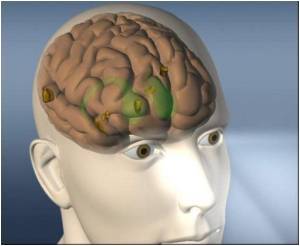A new study has claimed that tense scenes like horror movies present prime conditions for peak brain activity.

They usually contain at least two of the three components identified by the researchers as most engaging: powerful visual cues, ominous music, and meaningful scene changes.
"Peak correlations of neural activity across viewings can occur in remarkable correspondence with arousing moments of the film," Discovery News quoted them as writing.
"Moreover, a significant reduction in neural correlation occurs upon a second viewing of the film or when the narrative is disrupted by presenting its scenes scrambled in time," they wrote.
Tense scenes present prime conditions for peak brain activity. They usually contain at least two of the three components identified by the researchers as most engaging: powerful visual cues, ominous music, and meaningful scene changes.
To make the correlation, the researchers hooked 20 subjects up to EEG devices (electroencephalography measures electrical activity across the scalp) as they showed scenes from three films: Alfred Hitchcock's 'Bang! You're Dead', Sergio Leone's 'The Good, the Bad and the Ugly', and an amateur film of people walking on a college campus as a control.
Advertisement
Source-ANI













